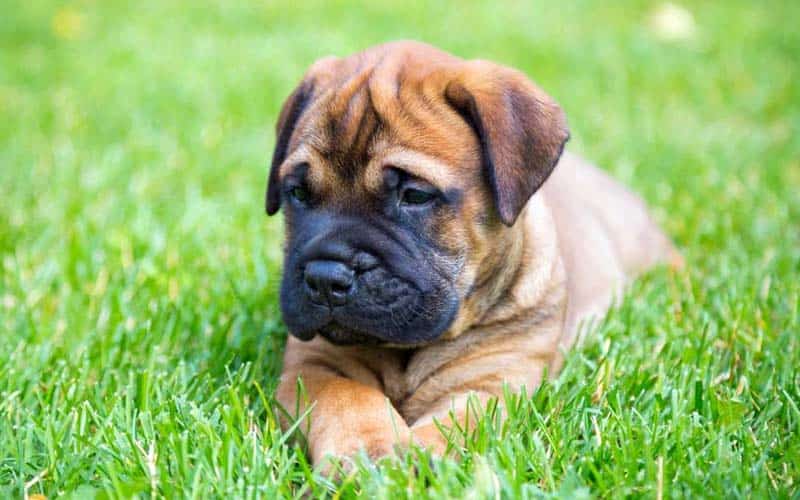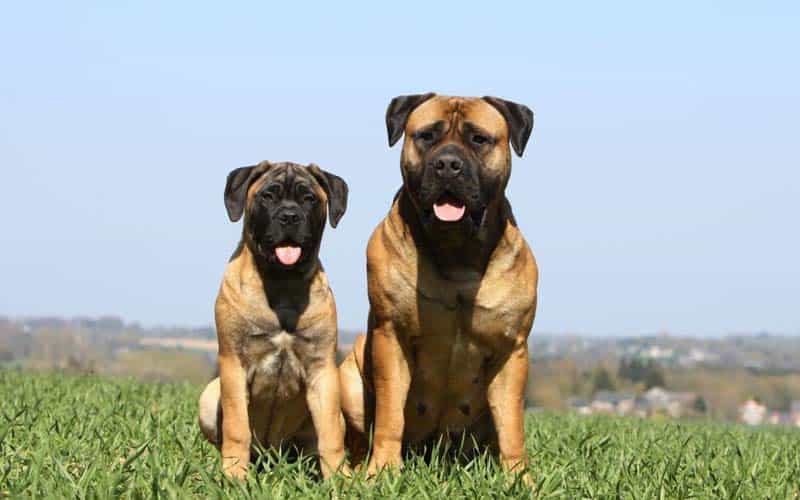Bullmastiffs are a large and powerful breed of dog that were originally bred to guard estates and protect gamekeepers from poachers. They are known for their strength, loyalty, and protective nature, and they make excellent family pets for those who are willing to provide them with the proper training and socialization. In this article, we’ll explore the history, appearance, temperament, health, exercise and training, and grooming needs of the Bullmastiff breed.

1. History
The Bullmastiff breed originated in England in the 19th century and was developed by gamekeepers to protect estates from poachers. The breed was created by crossing Bulldogs with Mastiffs, resulting in a dog that was strong, powerful, and protective. The Bullmastiff was officially recognized by the American Kennel Club (AKC) in 1933.
2. Appearance
Bullmastiffs are large dogs that can weigh between 100 and 130 pounds and stand 24 to 27 inches tall at the shoulder. They have a powerful and muscular build and a short, dense coat that can be brindle, fawn, or red in color. Their faces are wrinkled and their ears are V-shaped and set high on their heads.
3. Temperament
Bullmastiffs are known for their loyalty and protective nature. They are calm and docile with their family members but can be wary of strangers. Proper training and socialization are important for this breed to prevent them from becoming overly aggressive. They are great with children and other pets when raised together and with proper socialization.

4. Health
Bullmastiffs are generally healthy dogs, but like all breeds, they are susceptible to certain health problems. Some of the most common health issues for this breed include hip dysplasia, bloat, and skin allergies. It’s important to keep your Bullmastiff at a healthy weight and to have regular check-ups with your vet to help prevent these issues.
5. Exercise and Training
Bullmastiffs are not high-energy dogs and do well with moderate exercise such as short walks and playtime. They are intelligent and trainable, and they respond well to positive reinforcement techniques. This breed is also great for obedience training, and they excel at activities such as tracking and search and rescue.
6. Grooming
Bullmastiffs have a short, dense coat that requires minimal grooming. They do shed, but regular brushing can help remove loose hair and keep their coat looking its best. They are also prone to drooling, so it’s important to wipe their faces regularly to keep them clean and comfortable.

Conclusion
Bullmastiffs are a powerful and protective breed of dog that make excellent family pets for those who are willing to provide them with the proper training and socialization. They are loyal and loving with their family members and are known for their calm and docile nature. If you’re looking for a strong and protective companion, the Bullmastiff is a great breed to consider.